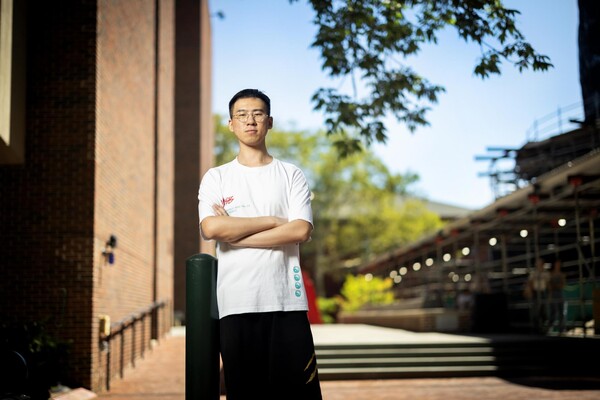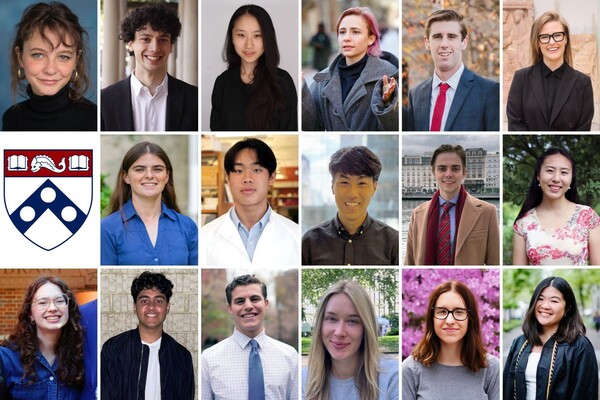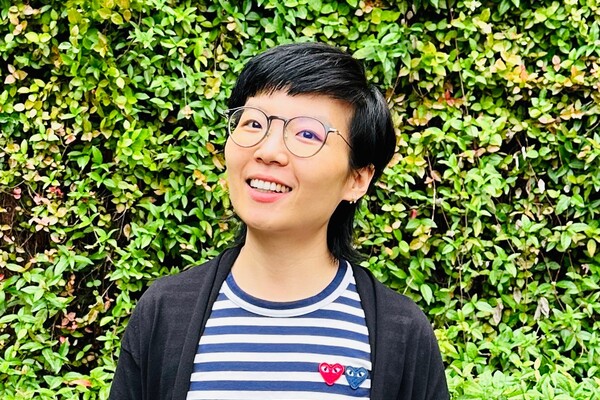
Two Penn students chosen as 2026 Marshall Scholars
Adelaide Lyall, a graduate student in the School of Social Policy & Practice, and Norah Rami, a fourth-year in the College of Arts & Sciences, will receive funding for as much as three years of graduate study in the United Kingdom.





























